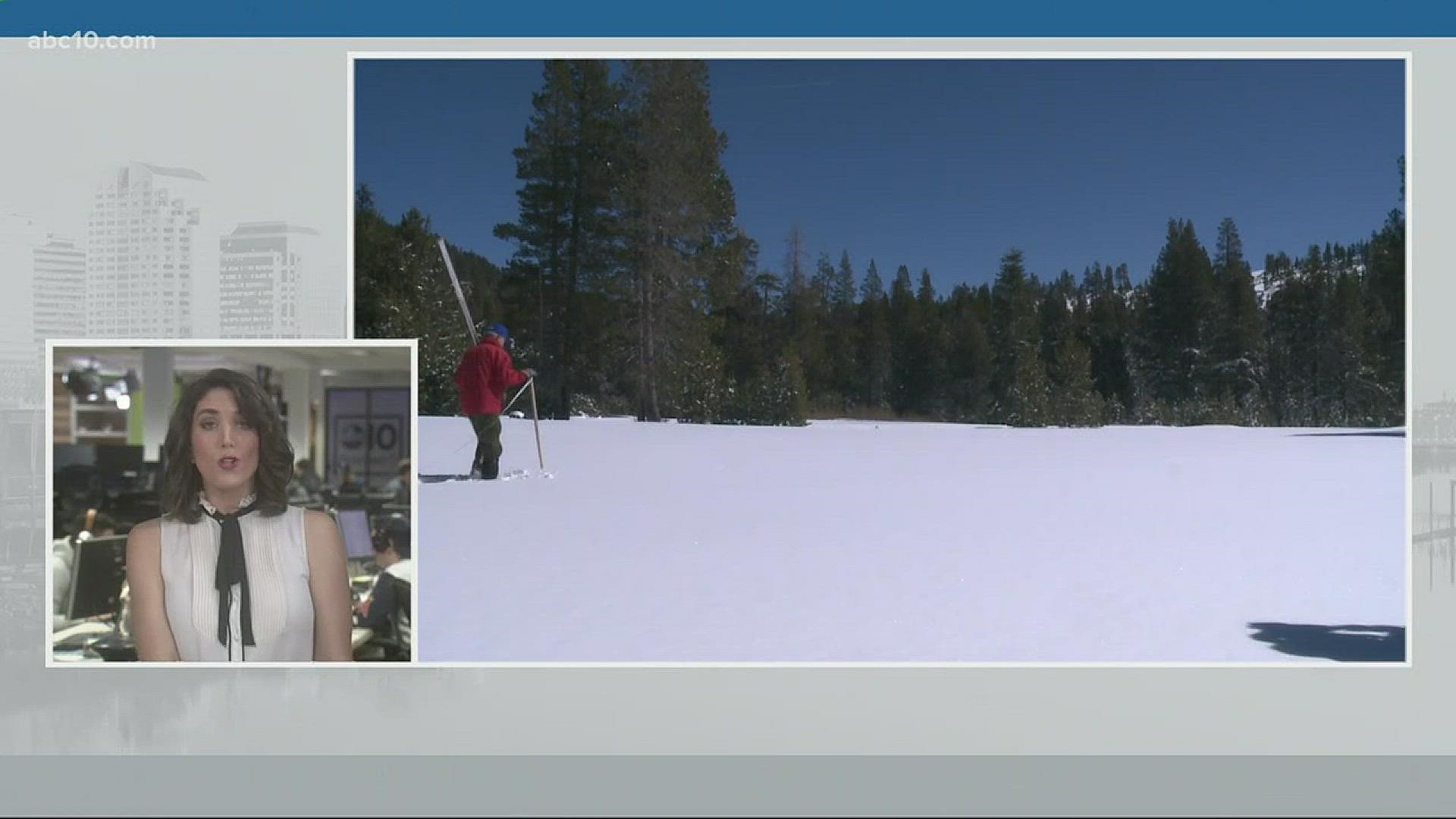When Marlin Lathrop went backcountry skiing on Sunday near South Lake Tahoe he could expect great snow and even better views.
Knowing recent storms that delivered fluffy, hip-deep powder also increased the risk of avalanches Lathrop said he picked a line he thought would be safe.
That’s why Lathrop said he didn't expect to find a massive debris field from a recent avalanche he estimated was about 200 feet across with a four-foot crown.
“It was huge, it freaked me out,” said Lathrop, 57, of San Francisco. “We chose that line because we thought ‘nothing here is ever going to give’.”
Lathrop wasn’t the only person to notice something atypical in the aftermath of the most recent Sierra Nevada storm cycle. The Sierra Avalanche Center also reported an unusual propensity for large, deep slab avalanches with enough energy to destroy trees and houses.
Many of the deep slab avalanches released naturally during or immediately after several feet of snow fell on the mountains over the weekend, according to the center.
At least three more, including two on Sunday, were human-triggered, the center reported in its daily advisory on Tuesday.
Two days after stormy weather dissipated the deep slab problem is still lingering on northwest, north, northeast and east aspects, the center reports.
While avalanches are commonplace after snowstorms, the deep slab problem is less common in the Sierra Nevada.
Unlike storm slabs and wind slabs, which can quickly settle into the snowpack or be apparent to skiers and snowboarders who are paying attention, deep slabs can be more difficult to detect.
“This is not the typical type of avalanche dealt with on a storm to storm basis during a Sierra winter,” the avalanche center reported in its Monday advisory. “Tactics often applied for managing the common wind slab and storm slab problems may not be effective for dealing with deep slabs.”
The center is a partnership with the U.S. Forest Service and issues daily advisories that cover the backcountry roughly from Sierraville in the north to Bear Valley in the south.
It does not cover inbounds terrain at ski resorts, which provide avalanche control measures of their own. Washoe County also has a separate avalanche warning system for some Tahoe-area neighborhoods beneath steep terrain.
The problem with the current deep slab issue, according to the Sierra Avalanche Center, is that it’s formed four to eight feet below the surface of the new snow on a layer of loose, sugary snow.
It’s deep enough that mitigation measures such as cutting a slope on skis or even a snowmobile might not be enough to trigger a slide.
The illusion of stability can tempt skiers or riders out onto a slope where they run the risk of crossing terrain features where the new snow isn’t as deep and triggering large avalanches.
Sierra Avalanche Center forecaster Brandon Schwartz characterized the weak layer as a house of cards that can collapse with little to no warning.
“Most of our storms we don’t bury some sort of weak layer that seems to be persistent, and if we do we don’t often bury it this deep,” Schwartz said.
On Saturday and Sunday there were two skier-triggered, deep slab avalanches in the backcountry near Donner Summit. On Sunday a snowmobiler triggered a deep slab near Carson Pass.
The reported human-triggered slides were large, with four-to-eight-foot crowns and one as deep as 20 feet, the center reported.
In addition, there were natural deep slab avalanches near Tahoe City, South Lake Tahoe and in Desolation Wilderness, according to the center.
Given the consequences of the slides and the difficulty of detecting potential trigger points, the avalanche center advised people to avoid 30-degree-or-steeper terrain on aspects where the problem exists.
Schwartz said the problem may linger, which gives backcountry users even more incentive to pay close attention to the daily avalanche advisory.
“We are seeing large, deep slab avalanches on this persistent layer, it doesn’t yet show any signs it is going away rapidly,” he said.

